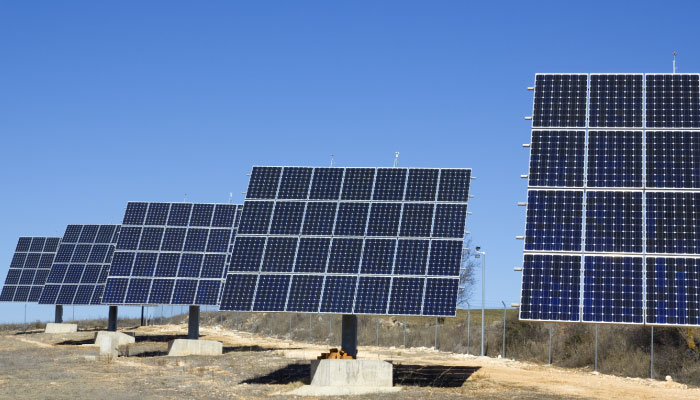Hydraulic Fracturing, also called “fracking” is a process by which hydraulically pressurized liquid  containing proppants (usually sand and various chemicals) is piped down to cause fissures in the earth to facilitate the better flow of natural gas, especially shale gas, water etc. to the surface.
containing proppants (usually sand and various chemicals) is piped down to cause fissures in the earth to facilitate the better flow of natural gas, especially shale gas, water etc. to the surface.
If you are in the Hydraulic Fracturing business, you know what a pain it is to keep up with the tangle of local, state and federal regulations. The clamour of Environmentalists and Regulatory bodies intensifies every day. Add to that the growing number of civil cases, some of which are Class Action suits, and things get heated rather quickly.
Below is a guide to the kind of issues prevalent in Hydraulic fracturing, and the litigations related to them. It’s important to understand these issues and the regulations that govern them.
INDUCED SEISMIC ACTIVITY
The fissures caused by Hydraulic Fracturing allegedly induce seismic activity. Litigations about induced earthquakes due to hydraulic fracturing have been on the rise. Some of these are class action lawsuits. However, independent studies by the Arkansas Oil and Gas Commission (AOGC)and UK Department of Energy and Climate Change (DECC) found that it is difficult to determine if Hydraulic Fracturing is a factor for earthquakes. The US Geological Survey suggested that with certain measures, especially in choosing locations for Hydraulic Fracturing, earthquakes should be relatively low. Without knowing if hydraulic fracturing is a factor for induced seismic activity, regulations only limit the digging of injection disposal wells.
FRACTURING OF SURROUNDING AREAS
Hydraulic Fracturing has given rise to numerous Subsurface Trespass Cases, under which due to the fracturing on a neighbouring property, fluid enters the subsurface of the plaintiff’s property and causes fracturing.
AIR POLLUTION
Hydraulic fracturing leads to a mixture of gas and liquid flowing to the surface (flowback). During flowback, natural gas comes to the surface. Declining air quality due to the release of natural gas is a major concern. Natural Ggas contains volatile organic compounds (VOCs) which lead to Ozone formation. A major component of Natural Gas is methane which is a greenhouse gas. The Clean Air Act, along with EPA’s requirement of ‘green completion’ or ‘reduced emission completion’ from companies deal with some of these concerns.
Litigations regarding neurological damage due to exposure to high levels of methane in the air as well as water sources have been on the rise. Much litigation relates to contamination of ground water sources due to the presence of Mmethane.
CONTAMINATION OF WATER SOURCES
The liquid in flowback is mostly water (called produced water).There are concerns regarding the contamination of water sources, and the correct treatment and disposal of produced water.
The water that flows back is often disposed in Injection Disposal Wells or is sent to Publicly Owned Treatment Works (POTWs). POTWs may not be equipped to treat certain chemicals in the flowback and produced water. EPA now requires pre –treatment of flowback before it’s sent to POTWs.
Contamination of water aquifers on sites of hydraulic fracturing and neighbouring properties are common grounds for litigations against operators. Quantifying contamination caused by Ffracturing over other sources of contamination is the problem. State regulations now require or encourage the baseline testing of ground water before oil or gas wells are drilled or fractured. For example, Ohio, Colorado and Illinois require baseline testing whereas Pennsylvania encourages companies to get baseline testing done.
There have been a number of litigations about improper waste disposal and consequent contamination of surface estates. This brings us to the next concern.
THE COMPOSITION OF HYDRAULIC FRACTURING LIQUID
There are a number of litigations on the contamination of water sources, soil and surface estate due to the presence of chemicals such as benzene, toluene, ethylbenzene, xylene etc.
Amid concerns regarding the toxic nature of the chemicals used in hydraulic fracturing fluid, regulations requiring disclosure of the composition of fluid are now mandatory. There are regulations on the local, state and federal level. Following Wyoming, most states have made disclosure mandatory. On the federal level, The Toxic Substances Control Act (TSCA) requires disclosure as does the Bureau of Land Management (BLM).
Numerous regulations exist on local and state levels. In some cases, local regulation is superseded by state regulation. Negotiating the jumble of state and local regulations can be tricky. This webinar by Barclay Nicholson can be a useful guide in negotiating the regulations maze. Attendees will gain a comprehensive understanding of the current regulations and litigations pertaining to Hydraulic Fracturing. The webinar will cover some interesting points on the following issues:
- Emerging regulation of shale plays
- Latest litigation trends of shale plays
- Environmental issues of hydraulic fracturing
- Community involvement issues of hydraulic fracturing
- Technical issues of unconventional oil, gas and hydraulic fracturing



